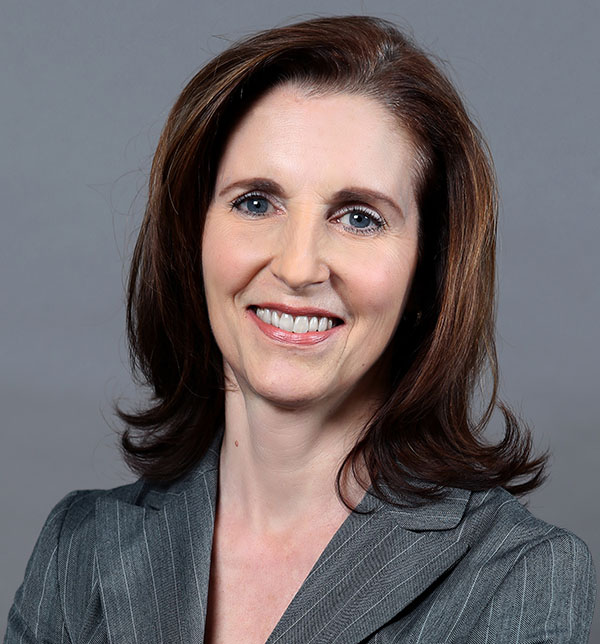By Leslie Quinlan
When the COVID-19 pandemic triggered a mass exodus from local workplaces last March, few of us could’ve imagined that we’d still be working remotely a year later. Remote working went from a rarity to the status quo, literally overnight. So, with mass vaccination on the horizon, what happens next?
This question is top of mind for employers and employees alike, as organizations grapple with rapidly changing expectations about the nature and location of work. For post-secondary institutions, this is particularly tricky, as our campuses have always acted as central hubs of activity, connection and community.

At the outset of the pandemic, working remotely was a critical necessity and, for many organizations, this sudden switch accelerated the adoption of new and emerging technologies. Digital gurus and technophobes alike were thrust into a world of video conferencing, screen-sharing and storing files online, and everyone found ways to make it work.
At George Brown College, our commitment to lifelong learning was put front and centre, as students, instructors, support staff and administrators mastered new ways of engaging with each other online. Ultimately, we accelerated progress towards our Strategy 2022 objectives, including our commitments to digital fluency and to adopting new ways of teaching and learning to blend the digital, physical and experiential.
Together we learned that remote work can be a positive, productive experience, but it’s not a one-size-fits-all solution. While working remotely invigorates some employees, it can leave others feeling disconnected. Clear, consistent and frequent communication is essential.
Going forward, working remotely will continue to some extent, because it has been proven possible and because it brings new and desired flexibility. It allows organizations to reimagine how space is used to better serve employees and, in our case, students. For employees, among other benefits, it can improve work-life balance, freeing up time that was previously spent commuting.
While last year’s transition to remote working was necessarily sudden, the decision about how to proceed after the pandemic requires careful consideration and strategic planning. Organizations must review each department’s processes, systems and role requirements to determine if working remotely is a possibility and, if so, to what extent? They must determine what will lead to the highest degree of success.
For post-secondary institutions, these decisions must ultimately be grounded in what’s required and best for our students, so we can continue serving them in the ways they need. While there will always be on-campus, hands-on learning and support services, we’ve discovered that online learning and virtual services, such as video counselling, have been a welcome addition to our delivery mix – allowing students the flexibility to engage from wherever they are.
As we plan for a post-pandemic return, it’s important to recognize that working remotely may not be realistic or possible for all roles. For some it may be contingent on being able to come into the office as needed or on a regular schedule. Delivering consistent work outcomes and meeting goals and objectives will continue to be paramount for all.
Employees who work remotely on a regular basis may need to give up their dedicated workspaces on campus, while others who remain at the workplace full-time keep theirs. There are also scheduling considerations if you adopt a “hot desking” model of shared workspaces. What happens if everyone wants to come into the office (or work remotely) on the same days? These details need to be thought through and agreed upon in advance in order to make remote work a possibility.
While we’re looking forward to reopening our George Brown College campuses as soon as it’s safe to do so, we are also exploring how to give our employees more flexibility to work remotely where possible and desired. This won’t be an all-or-nothing decision where everyone returns to campus or everyone is required to work remotely, nor should it be. Balance is the key.
To ensure that our policies and practices meet the needs of our community, we have formed a cross-divisional committee that has come together to start planning for the future of work at George Brown. As part of the planning process, we’ll be seeking input from academic divisions, managers and employees on their remote work experiences and preferences.
The world of work will look different post-pandemic than it did before, and that’s good news. We have the opportunity to reinvent how and where we work, and to ensure that wherever our work takes place, it remains productive, meaningful and engaging.
Leslie Quinlan is the Vice-President of Human Resources and Public Safety and Security at George Brown College.
